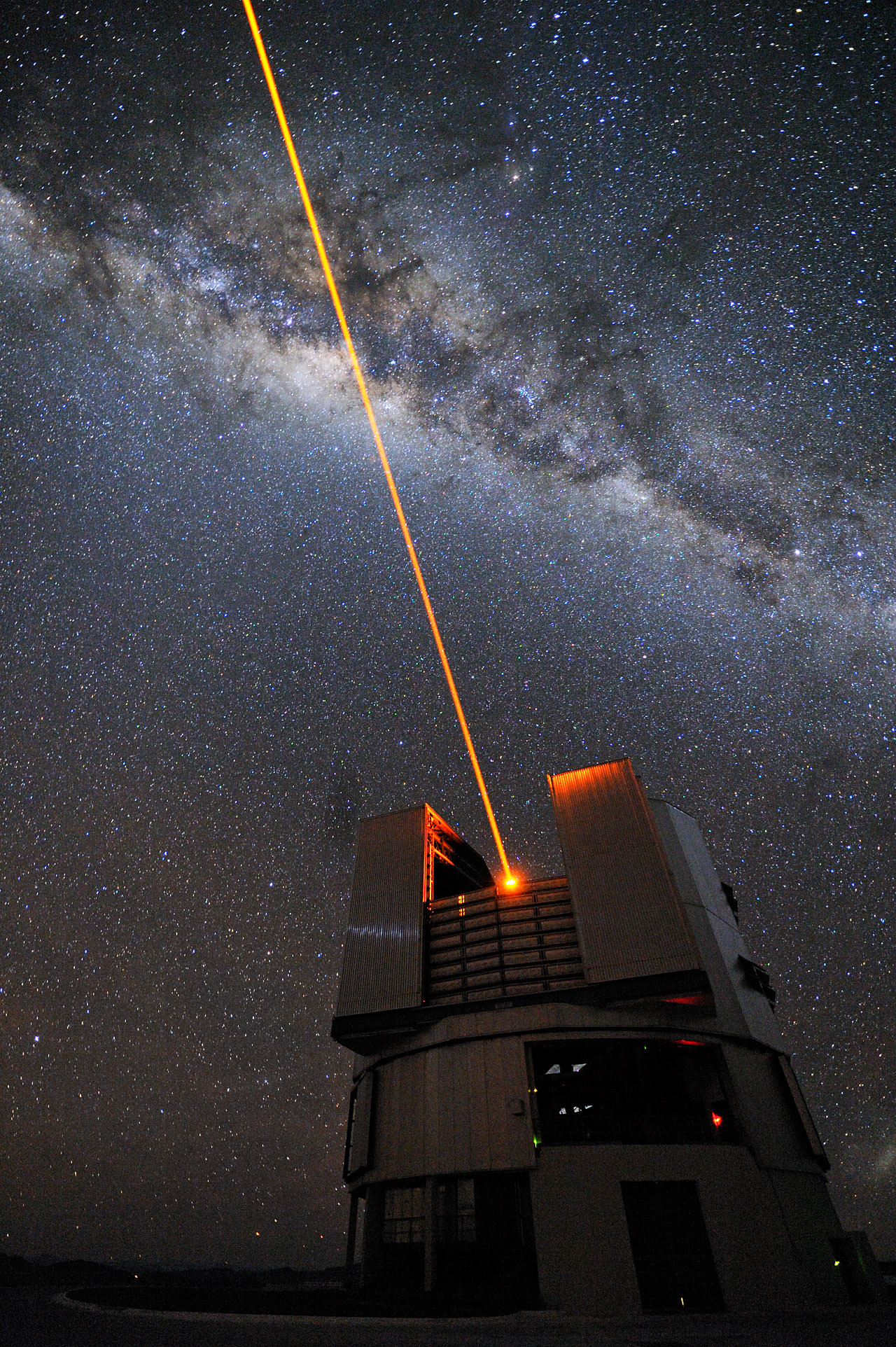We at Universe Today often hear theories purporting that Einstein is wrong, and perhaps one of the most common things cited is the speed limit for light used in his relativity theories. In a vacuum, light goes close to 300,000 km/s (roughly 186,000 miles a second). Using a bit of geometry, however, isn’t there a way to make it go faster? This video below shows why you’d think it would work that way, but it actually wouldn’t.
“There is a classic method where you shine a laser at the moon. If you can flick that beam across the moon’s surface in less than a hundredth of a second, which is not hard to do, then that laser spot will actually move across the surface of the moon faster than the speed of light,” says the host on this Veritasium video.
“In truth, nothing here is really travelling faster than the speed of light. The individual particles coming out of my laser, the photons, are still travelling to the moon at the speed of light. It’s just that they’re landing side by side in such quick succession that they form a spot that moves faster than the speed of light, but really, it’s just an illusion.”
There are way more ways that light can appear to move faster than the cosmic video, and you can check out more of those in the video.


Um…my gosh…don’t you think he should have cleaned the booger out of his right nostril before doing this video?!!
Eeeeewwww….